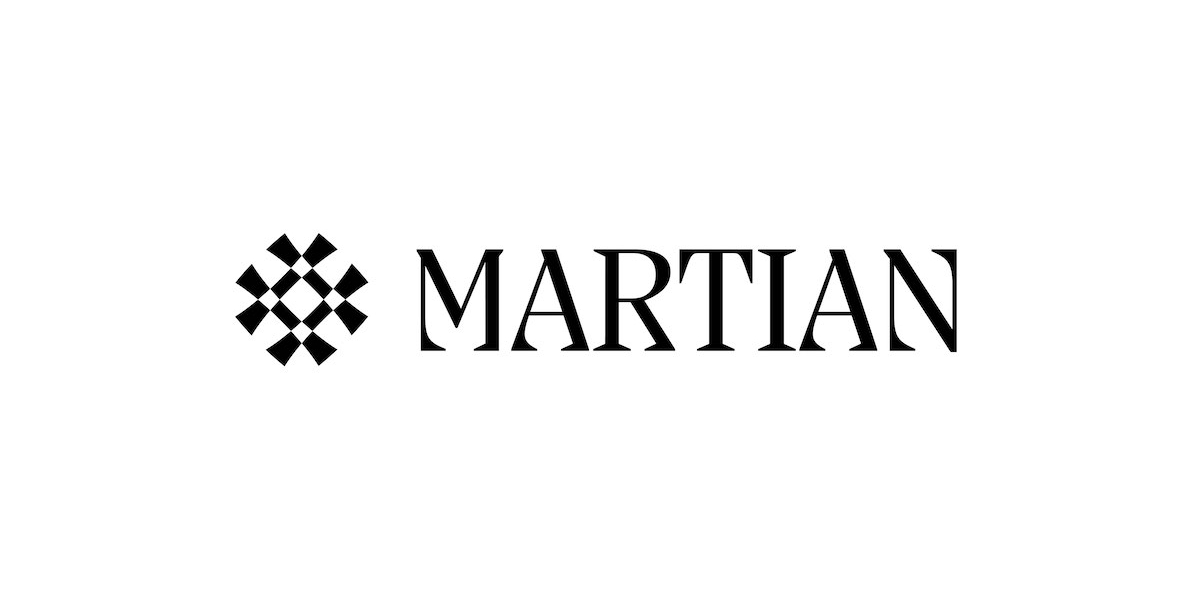Subscribe to olseua
Receive the latest updates directly to your inbox.

Коротко про Martian Wallet
Martian Wallet - це криптогаманець, який можна використовувати для управління цифровими активами та отримання доступу до децентралізованих додатків на блокчейнах Aptos та Sui. У поточний момент Martian Wallet доступний як розширення для Chrome, а незабаром стане доступним як додаток для IOS.

Discover the Martian Wallet Extension - Your Ticket to Secure Crypto Storage!
Martian Wallet Extension is a widely-used wallet extension in the Chrome browser for cryptocurrency enthusiasts.

SpaceFi: Exploring Cross-Chain Assets and Interoperability Solutions
SpaceFi is a web3 platform that operates on Evmos and zkSync, with DEX+NFT+Starter+Spacebase as its initial product. The platform aims to explore cross-chain assets and interoperability solutions, connecting Cosmos and Ethereum Layer2 ecosystems.

Timeswap is a DeFi platform that boasts high capital efficiency and serves as an optimal money market
In DeFi, despite having robust money market protocols, there are numerous inefficiencies that need addressing to achieve the promise of superfluid collateral. The concept of superfluid collateral was introduced in 2019 to improve the capital efficiency of DeFi protocols by utilizing collateral in idle Maker CDPs and ERC-20 liquidity tokens from Uniswap in other lending/borrowing markets. Since then, DeFi has grown exponentially, but there is still a lack of decentralized identity and reputation scores for under collateralized lending. Over-collateralization is the solution for securing lenders' assets, but it has its inefficiencies, such as non-standard collateralization of assets, governance overhead, and expensive oracles. Timeswap, a market-driven collateral pool, aims to improve capital efficiency by enabling users to choose their preferred collateralization level and allowing communities to self-organize to increase value without external influence. The maturity period of a pool is the differentiating factor for capital provisioning, and the convergent horizon is its event horizon, acting as a liquidity black hole that attracts liquidity to the pool with the most favorable parameters. This push for capital efficiency is also evident in the wider crypto ecosystem, with Uniswap v3, Osmosis, Hashflow, and Element Finance adopting different approaches to improve capital efficiency. These initiatives signal a new era of capital efficiency in DeFi.

Analysis of the differences between TimeSwap V1 and V2
A comprehensive thread comparing TimeSwap V1 and V2, the two versions of the popular decentralized exchange on Ethereum, is now available. TimeSwap recently launched V2, an upgraded version of the platform, and this thread will highlight the changes and improvements that have been made.

What SpaceFi is developing on Evmos and zkSync?
SpaceFi is a platform that operates on Evmos and zkSync, connecting the Ethereum Layer2 ecosystem and Cosmos. The platform's initial products include DEX, NFT, Starter, and Spacebase. SpaceFi's long-term goal is to explore interoperability solutions and enable assets to be exchanged across chains.

Highlights, features and innovations Stader
Stader Labs offers several exciting DeFi opportunities, which include a new SD-ETH pool on Balancer and Aura Finance, ETHx tokenomics, and a TVL of over $114 million across 31,000+ wallets. The top DeFi opportunities across the Stader ecosystem are as follows:


